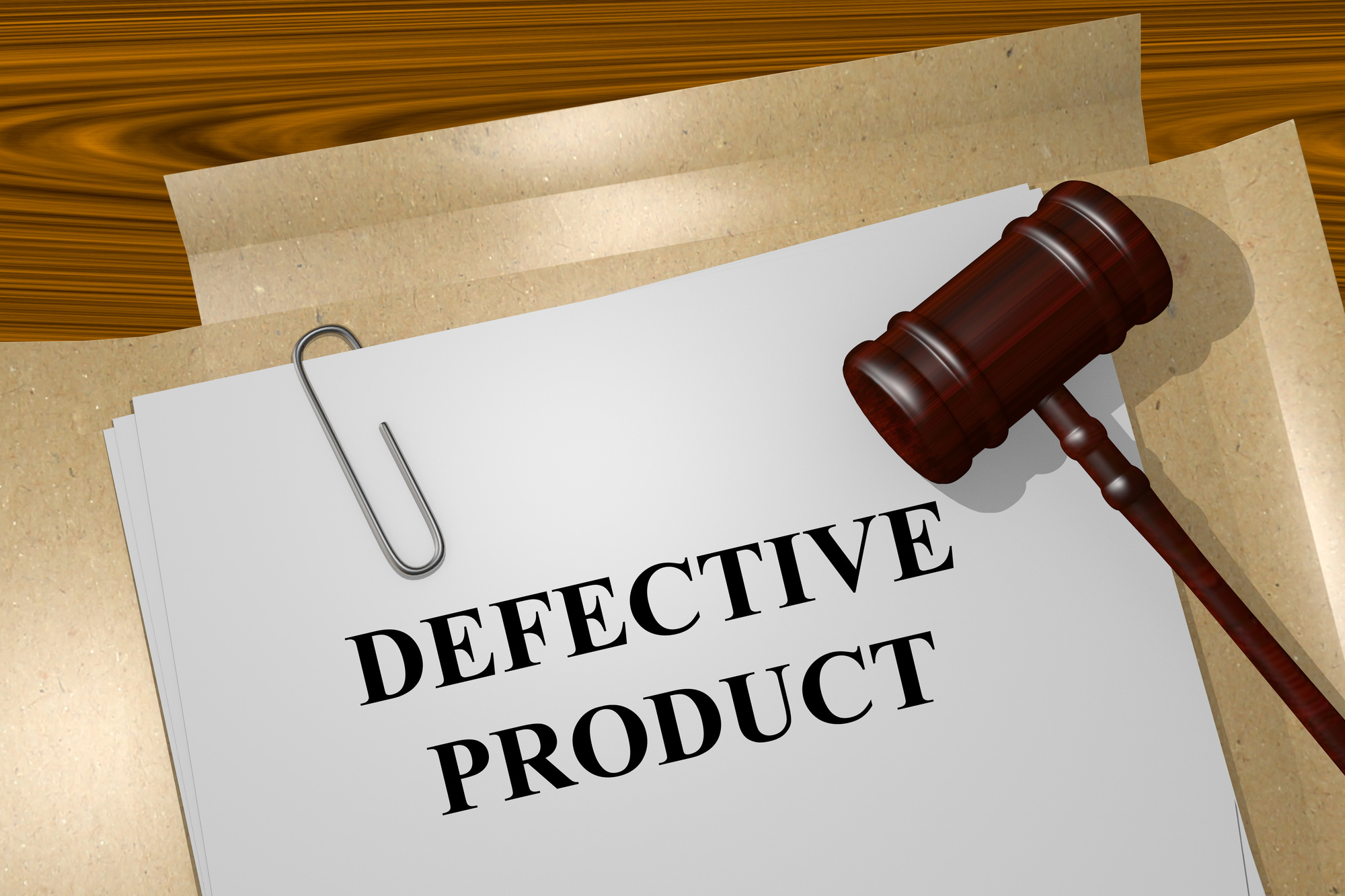Life hits you in various ways: there are unforeseen instances where you suffer an injury due to a faulty product.
You had no way of knowing the product would fail, but now that it has, you sustained an injury that may have long-term implications.
Maybe it was a desk chair that collapsed on you when you went to sit down.
Perhaps there was a machine that kicked back at you in a way it wasn’t supposed to.
Whatever the case may be, someone else is at fault for your injury… time to get some answers. Here are the steps you should take after a faulty product injury.
Table of Contents
1. Gather Evidence
As soon as the occurrence happened that led to your injury, you should be taking photos and notes of that moment.
Where were you at when it happened? When did the accident happen?
Be sure to write down what the product was that lead to your injury. Who’s the manufacturer of that product? Who sold it to you or your company?
Was there anyone else there to witness the faulty product leading to your injury? If so, be sure to ask them for what they saw. At the very least, take their name down for you and the attorney at your trusted law firm to reach out to later.
If the injury already occurred before reading this, it’s not too to gather evidence.
Take a few moments to write down all of the details that you remember from the accident. Do you remember when you started to feel the pain of your injury? Was it immediate or a few hours/days later?
Try to remember what you can about the product itself. Is it a brand that you can remember? If not, don’t worry about that too much. Those details can be researched.
All of this information will be crucial to the next few phases of the product.
2. Prove You Suffered an Injury
In order to have a legitimate product liability claim, you have to have sustained injuries or losses due to the faulty product.
Simply put: if you weren’t injured or had a significant loss, you have no claim.
For example, you were setting up your widescreen TV on the wall mount you just purchased to hang it up on the wall.
As you were setting it up the mount on the wall lost its grip on the TV and the TV landed perfect intact on the couch below it. Yes, it could have led to your $1,000 TV breaking, but it didn’t; and if you didn’t suffer any injuries, you have no case.
To prove that you indeed suffered an injury or loss due to the faulty product, the best thing to do is take photos of the incident right after it happened.
Take photos of the injury as it worsens as well (if the injury is visible). All of this helps build credibility to your claim.
3. Figure Out Who’s at Fault
Now that you’ve gathered evidence to prove the injury or loss you sustained was due to a faulty product, it’s time to figure out who’s or what’s responsible.
There are several factors that could’ve led to the faulty product, the most common is due to a manufacturing error, design defect, or a failure to warn.
A manufacturing error means the faulty product was due to a product that should’ve never made it passed quality assurance. Things like a crack or missing screws that lead to the faultiness.
Design defects are aimed at proving the product’s design is what’s at fault. Things like sharp ends to a product that leads to cutting yourself or just a design that isn’t up to par with the use it’s meant for.
Failure to warn has anything to do with the manufacturer or seller not giving you proper instructions or warnings of the product.
Any one (or several) of these factors could be a leading cause of your injury, consider them all and see how they line up with the prime reason for your accident.
4. Make Sure You Were Using It as Intended
One of the leading causes of injury from a product is due to someone not using the product as it was intended.
For example, someone using an office desk chair, which swivels and leans, as a step to reach the top shelf of something has no case if injured. That clearly wasn’t the intended purpose of the desk chair.
Make sure your usage of the product was as intended before proceeding with a product liability claim.
5. Time to Find an Attorney
Now that you have significant justification for the product liability claim you intend to make, it’s time to get an attorney for your side.
Don’t feel like you need to do all four of the previous steps before seeking legal help. They can lead you through the process with their experience and know-how.
Simply provide them with the evidence you already have and they can provide insight on what else you’ll need. They can also be the ones to contact any witnesses to ask them questions.
Don’t try to go through this process alone. Get an attorney on your side to show the party responsible for your injury that you’re ready for the long fight ahead.
Fight the Faulty Product
If you’ve sustained an injury due to a faulty product, you owe it to yourself to make sure the manufacturer or seller pays.
Odds are, you won’t be the only one that gets injured because of it. Fighting this means protecting others from the same injuries, or worse.
Be sure to read several of our other awesome articles for great content and information just like this one!
















